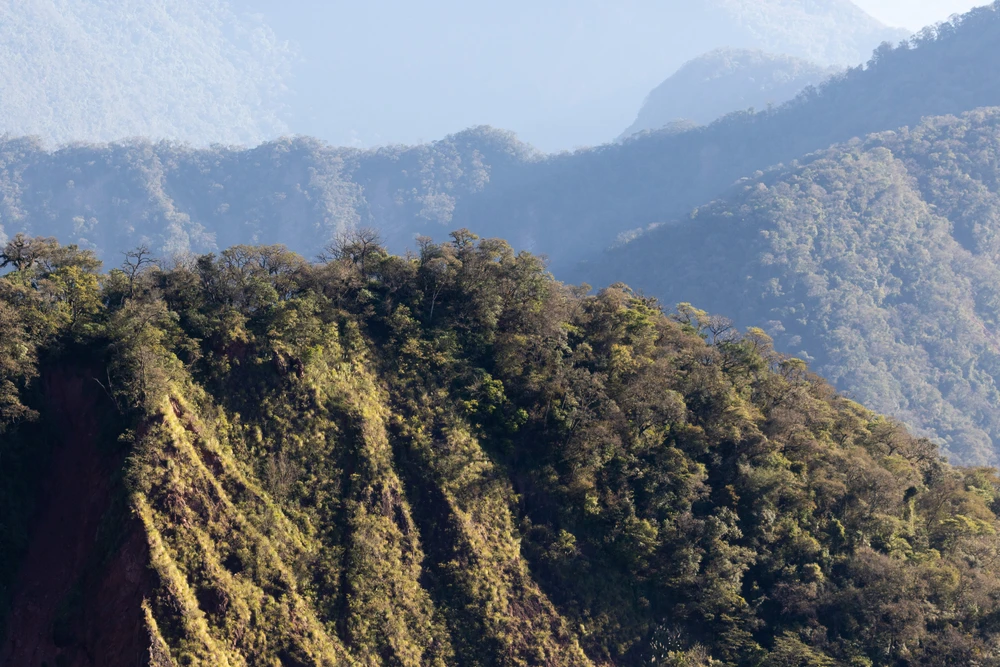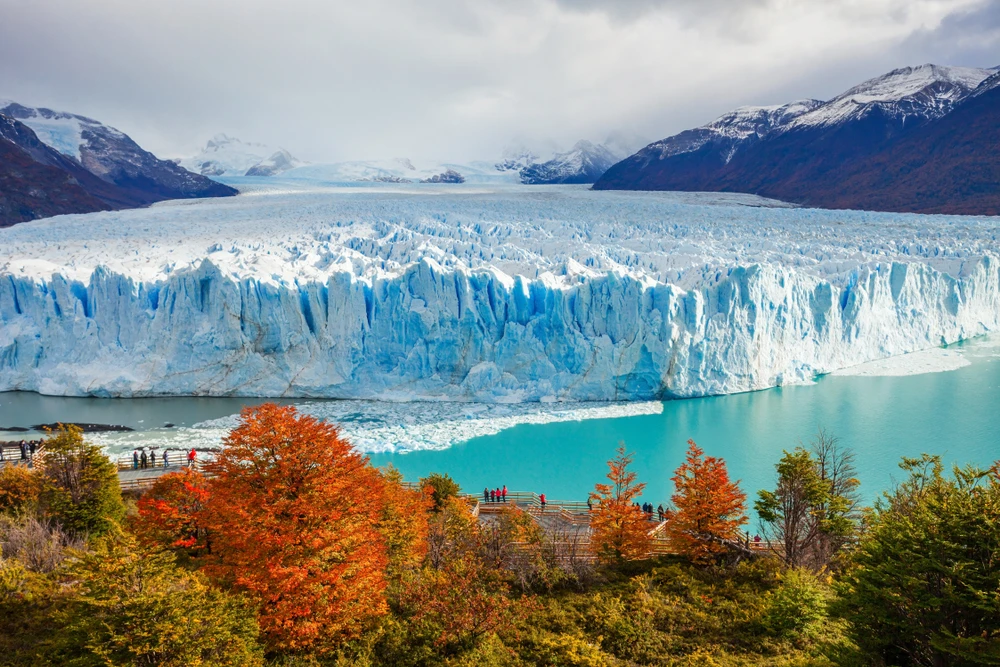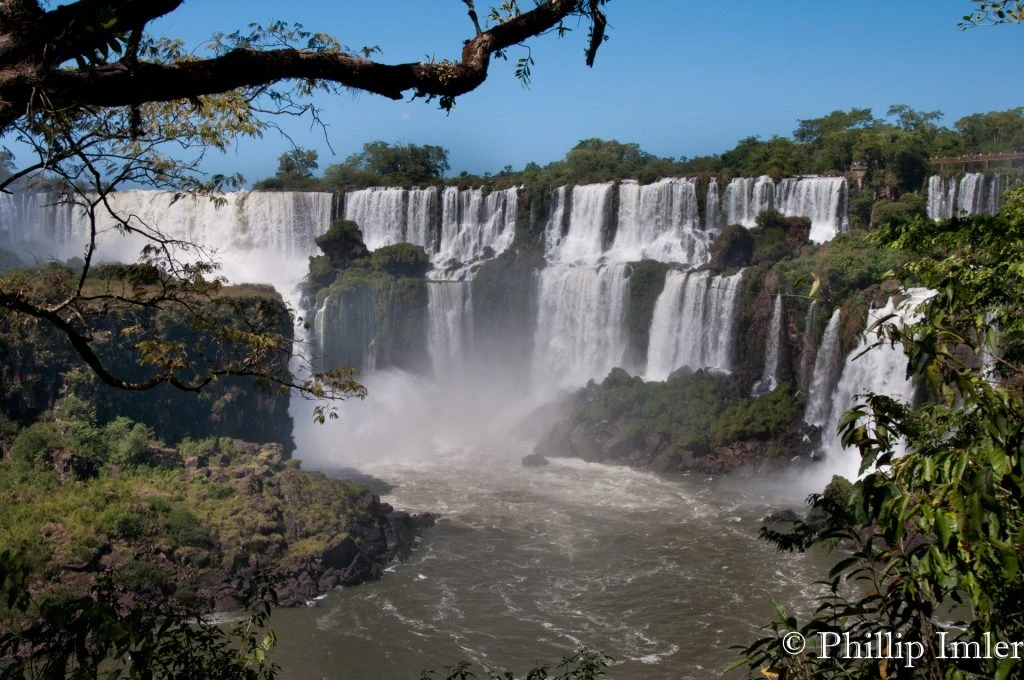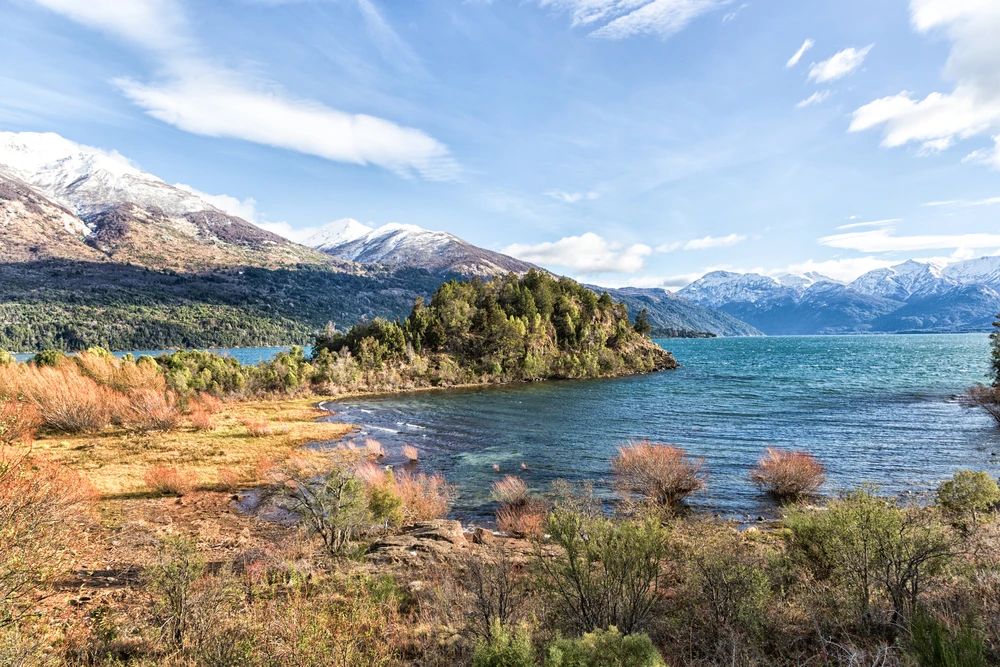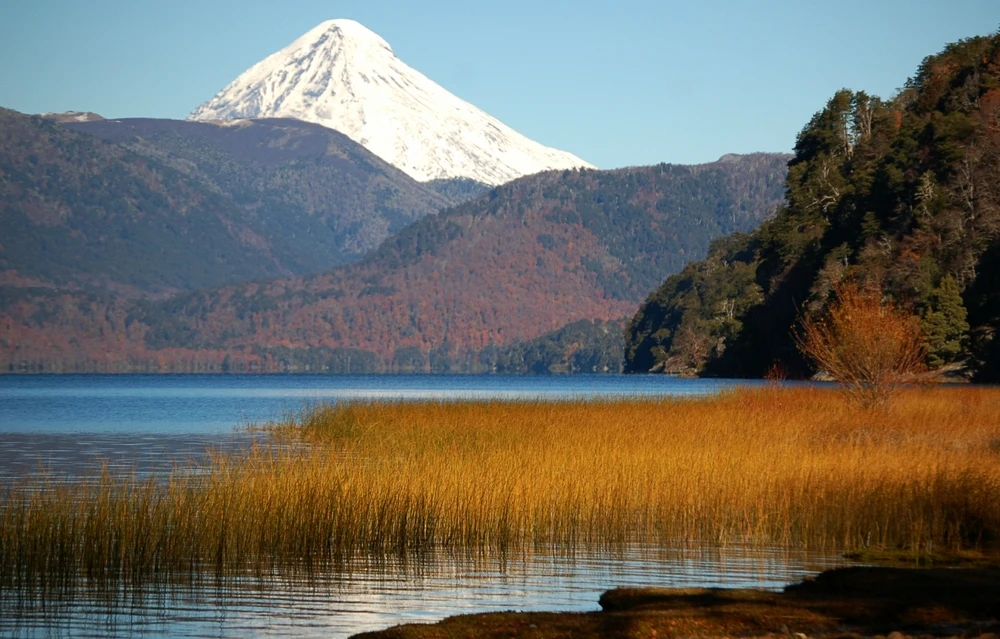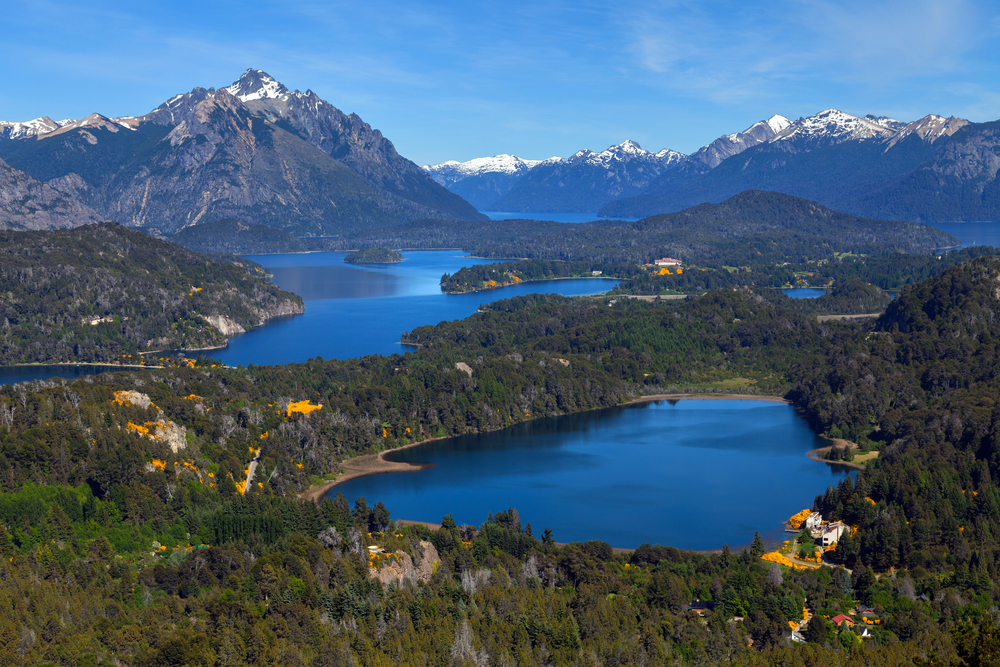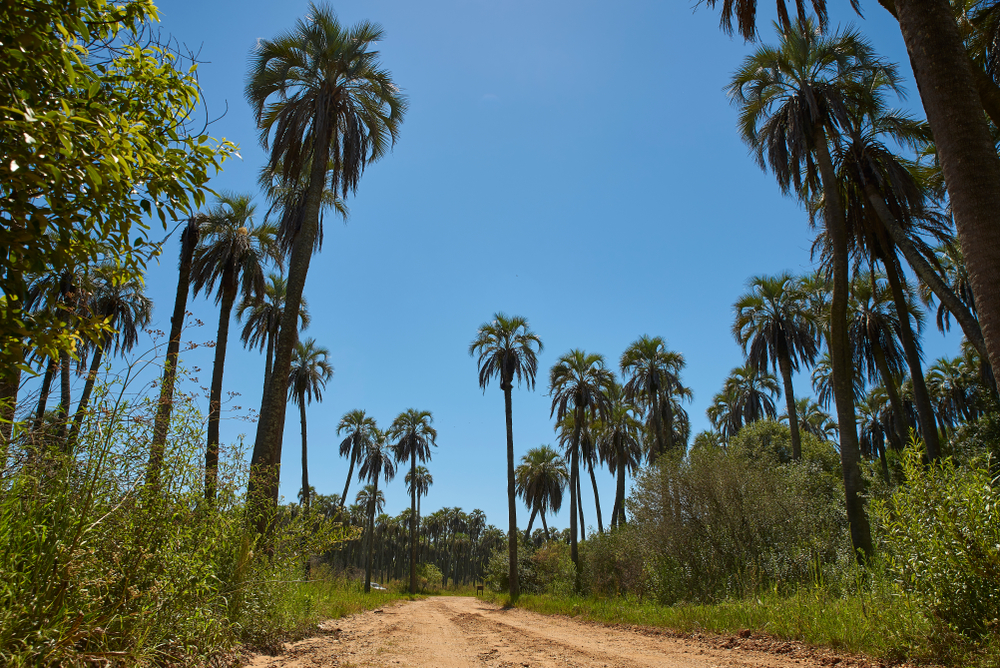Calilegua Overview
Calilegua National Park, known as Parque Nacional Calilegua in Spanish, is a protected area in the Jujuy Province of northwestern Argentina. Covering approximately 283 square miles (730 square kilometers), it is the largest national park in the Argentine Yungas, a lush cloud forest ecosystem that stretches along the eastern slopes of the Andes.
The park was established in 1979 to preserve the region’s biodiversity and serves as a crucial conservation area for wildlife, native flora, and vital water sources. Located in the foothills of the Andes, it is easily accessible from nearby towns like Libertador General San Martín, making it a popular destination for nature lovers and adventurers.
The terrain of Calilegua National Park is characterized by steep mountain slopes, deep valleys, and dense subtropical forests. Elevations range from around 1,600 feet (500 meters) to over 9,800 feet (3,000 meters), creating a wide variety of ecosystems.
The park is part of the Yungas jungle, a humid and biodiverse ecoregion that contrasts sharply with the drier landscapes of Argentina’s lowlands. Dense vegetation covers much of the park, with towering cedars, alders, and laurels dominating the canopy, while an abundance of ferns, orchids, and bromeliads thrive in the understory. The higher elevations transition into montane forests and grasslands, offering breathtaking panoramic views of the surrounding Andes.
Wildlife in Calilegua National Park is remarkably diverse, with over 120 species of mammals and 350 bird species recorded. Among the most notable residents are the jaguar, the largest predator in South America, and the elusive puma, both of which roam the dense forests. Other important mammal species include the endangered South American tapir, the agile collared peccary, and various species of monkeys such as the black howler monkey.
The park is also home to an astonishing variety of birds, making it a paradise for birdwatchers. Highlights include the Andean condor soaring above the peaks, the vibrant toucans that inhabit the treetops, and the striking torrent duck, which can be found navigating the park’s fast-flowing rivers. Amphibians and reptiles also thrive in the park, with a range of frogs, lizards, and snakes adapted to the humid environment.
Among the park’s most popular features is the Sendero Tataupa, a well-marked hiking trail that offers visitors a chance to experience the rich biodiversity up close. The Arroyo Negrito, a clear-water stream that cuts through the forest, provides a refreshing stop for those trekking the park’s rugged terrain.
The high-altitude viewpoints, such as those near Mesada de las Colmenas, offer breathtaking vistas of the surrounding mountains and valleys. For those looking to explore deeper into the park, the Capilla del Diablo waterfall is a rewarding sight, cascading into a secluded pool within the jungle. The park’s extensive trail system allows visitors to hike, birdwatch, or simply immerse themselves in the serene natural surroundings.
Visitors can engage with the park through guided tours, self-guided hikes, and camping opportunities in designated areas. The park is particularly appealing to ecotourists, biologists, and birdwatchers due to its incredible biodiversity.
Photography enthusiasts will find countless opportunities to capture the vibrant landscapes and diverse wildlife. The park is accessible year-round, but the best time to visit is during the dry season from May to September, when trails are easier to navigate and wildlife sightings are more frequent.
Despite its protected status, Calilegua National Park faces conservation challenges, primarily due to deforestation, illegal hunting, and the encroachment of agricultural activities near its borders. The presence of oil exploration projects in the surrounding region has also raised concerns about potential environmental impacts.
However, conservation efforts by park authorities and local organizations have led to increased awareness and protection measures, including habitat restoration programs and stricter enforcement against poaching. The park remains a critical refuge for Argentina’s cloud forest species and a key area for ongoing scientific research and conservation initiatives.








































































